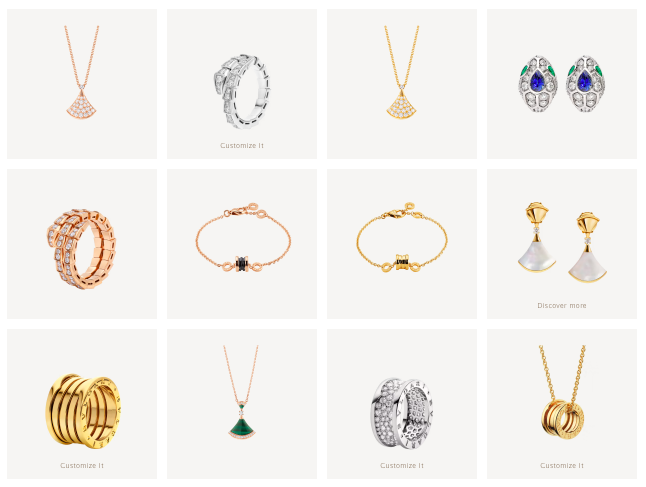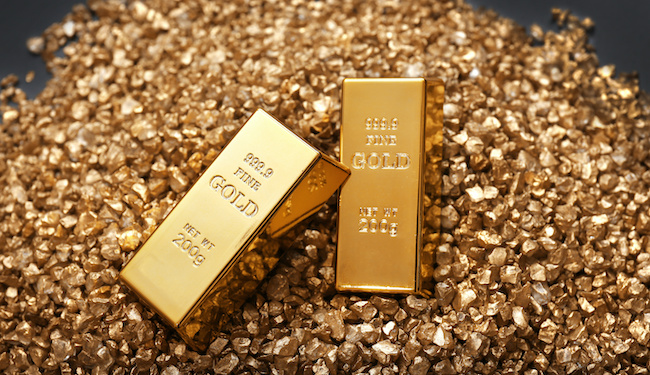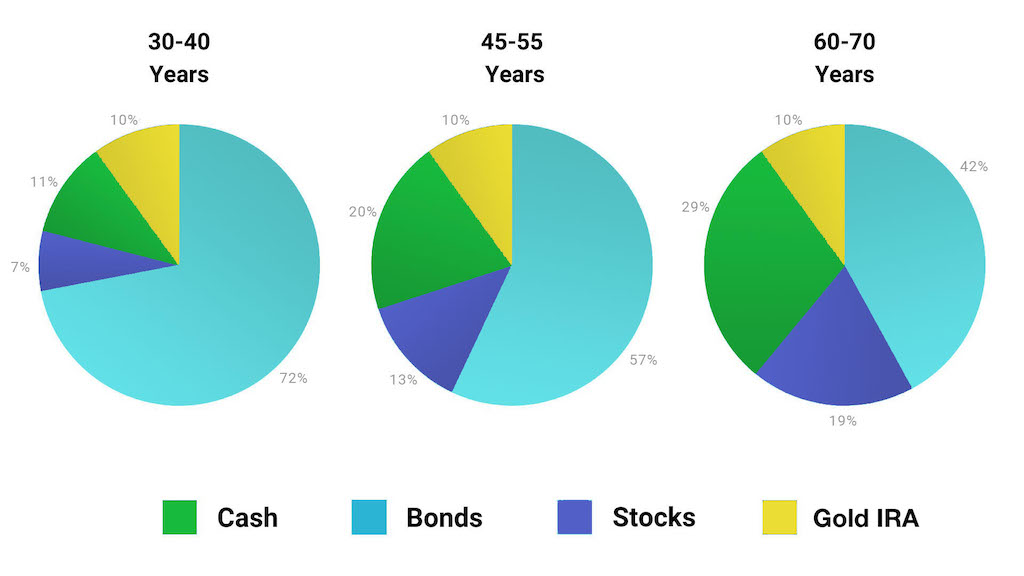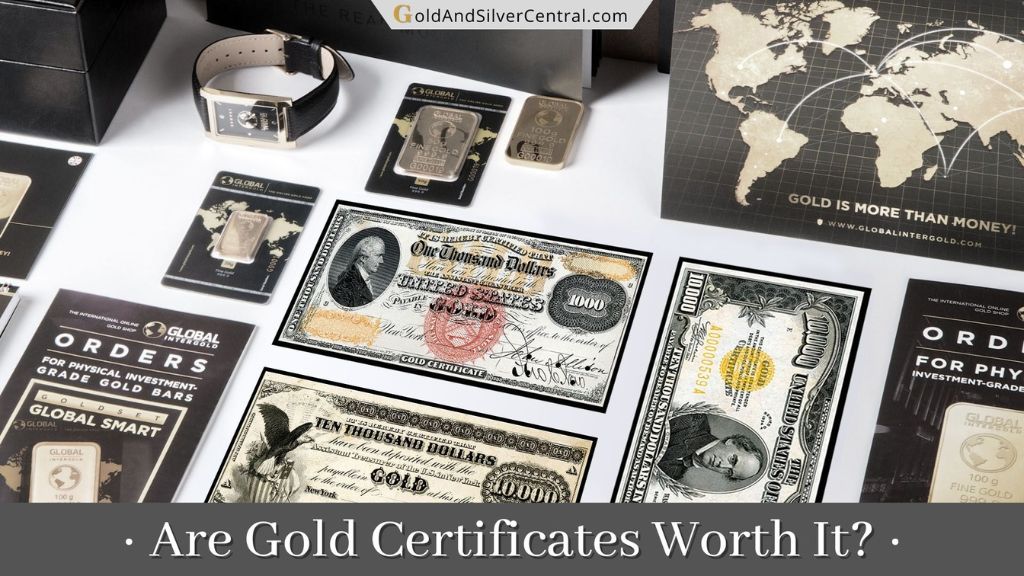The truth is:
Italy has long been synonymous with art, culture, and exquisite craftsmanship, and when it comes to gold jewelry, the country stands at the forefront of the global market.
Italian gold has this unique charm, a kind of magnetic pull, that gets the hearts of jewelry fans and collectors racing.
It’s not just a yellow metal, it’s Italian gold, and that tag carries a ton of weight.
But the million-dollar question is: is it really worth all the hype and the cash you’re going to shell out? Is Italian gold better than the one from other countries?
Today, we’re going to discuss its history, purity, and value as an investment to help you understand whether it is the right choice for you.
Italy’s Historical Connection to Gold
First things first, let’s get into a bit of history.
Italy’s relationship with this precious metal goes way, way back. Even the ancient Etruscans (they were some of the earliest folks to call Italy home) were mad about gold.
They used to craft incredible pieces of jewelry with it, taking inspiration from everything around them – nature, their myths, and everyday stuff.
(We’re talking about some seriously stunning bling here.)
And then the Romans turned it up a notch. This precious metal wasn’t just for jewelry. They had it on their buildings, clothes, and dining table.
How’s that for a golden touch?
Fast forward to today, and this rich history still shapes Italian gold. Ancient designs and techniques are alive and well, passed down through the generations.
You’ve probably seen filigree work, right?
It’s a delicate technique of weaving these yellow metal threads together to create intricate patterns. That’s a nod to the Etruscans.
And if you spot a piece of Italian jewelry featuring bold gemstones and a real showstopper of a centerpiece? You can thank the Romans for that.
Of course, we can’t forget the big guns in Italian jewelry.
Buccellati, Bulgari, Pomellato – these names are gold, literally and figuratively.

They’re not just keeping the tradition of Italian gold alive; they’re giving it a new spin, taking it into the future.
It is a symbol of centuries of craftsmanship and creativity. Every piece tells a story and carries a bit of Italy’s rich cultural history.
Purity, Hallmarks, and Quality
So…
- Does Italy have good quality gold?
- Is Italy a good place to buy gold jewelry?
- Why is Italian gold special?
Yes and yes.
As for what makes it special, well in nutshell, it’s the purity. This is where this Italian precious metal really shines (pun totally intended!).
Gold purity is all about how much of it is in a piece compared to other metals. We measure this in karats or fineness.

Most of the gold used for jewelry in Italy is 18K, 14K, or 10K. What that means is the piece is either 75%, 58.5%, or 41.7% pure.
The rest is other metals, and this mix gives that perfect balance between rich, gold color and durability.
You’re probably wondering whether Italian gold is better than other gold, how does it compare to the rest of the world. Well, it’s totally on par with international standards.
18K gold from Italy? Just as pure as 18K precious metal from anywhere else. This consistency builds trust and makes trading and appreciating Italian goods super smooth.
At this point you may wonder considering that there are 22K and 24K options, is 18K gold good?
Sure, 24K and 22K represent 100% and 90% gold respectively, but 18K is considered to be high-end fine jewelry, which is exactly what we’re talking about here.
And get this:
Italian gold doesn’t just meet standards; it often goes above and beyond.
It goes through rigorous checks to make sure it’s top-notch. That commitment to excellence really cements Italy’s rep as a heavy hitter in goldsmithing.
Now, you might be thinking, “Okay, high purity is cool and all, but why does it matter?”
Let’s break it down.
Pure gold is a bit of a pushover – it’s pretty soft. So when you mix it up with other metals, it becomes tougher, stronger, and ready for anything.
So, even if your Italian jewelry piece is as delicate as a spider’s web, it can keep up with the daily grind without a problem.
Gold purity also has a say in the color of the jewelry.

The higher the karat, the deeper and richer the color. It’s like choosing paint for your walls; instead, you’re selecting the shade of your bling.
Depending on the karat, you can go from a light gold sheen to a rich, deep gold.
Another thing to understand is that Italian gold isn’t just for show; it’s a rock-solid investment (which we’ll talk about in a bit).
Remember, though, with great power comes great responsibility.
When buying precious assets, it’s essential to consider where it comes from.
Plenty of legit jewelry houses take ethics seriously, making sure their yellow metal doesn’t just sparkle on the outside but shines on the inside — with a commitment to looking after our planet and its people.
All in all, high purity isn’t just a fancy term.
It’s the backbone of Italian gold’s durability, beautiful color, and value as an investment. And that is why it’s a big deal!
Investing in Italian Gold: A Wise Choice?
We’ve already established that it is stunning and that it’s got that undeniable charm and world-class craftsmanship that’s hard to ignore.
But there’s more to it than meets the eye.
Gold is considered to be an excellent investment.
For centuries, this precious metal has been the go-to stash for wealth and a safety net when the economy gets shaky.
Not to mention, this yellow metal has stood the test of time, maintaining its value and often serving as a shield against inflation.
Some people see gold as a way to jazz up their portfolios and balance out risk, and for good reason.
Have a look at gold prices during the highly inflationary 1970s, where the yellow metal outperformed the inflation by 1980:

Here’s the interesting part:
Gold marches to the beat of its own drum.
It’s not tied to other assets like stocks or bonds, so when the market gets a little shaky, gold prices often go up as investors look for a safe place to park their cash.
Gold As An Investment
Now…
What should you consider when you’re looking at it as an investment?
-
Purity
Here’s where it gets crucial. Purity matters a lot when you’re investing in this precious metal.
Italian jewelry comes in different karats, with 18K and 14K being the most common.
Remember, higher karat (like 24K) is purer, but it’s also softer, so it’s more likely to get damaged. For investments, you might want to look at gold coins or bars with a higher purity level.
-
Price
You know how the cost of everything else you’d invest in can bob up and down like a yo-yo?
Well, gold’s no different.
It’s all about keeping your ear to the ground and watching the market, then making those brainy decisions about when to splash the cash and sell.
-
Storage
Where are you going to stash your shiny new investment?
Italian gold jewelry’s a winner because you can flaunt it whenever possible. But if you’re thinking bigger and going for bars or coins, you’ll need a safe place to store them.
-
Liquidity
This means that you can generally change your precious metal into cash pretty quickly if you need to.
Italian coins and bars are famous all over the world, so you can sell them to dealers or other investors without breaking a sweat.
-
Diversification
The old saying about not putting all your eggs in one basket is very true with investments. Spreading your cash over a mix of assets can help balance the risk.
And adding a bit of this shiny yellow metal to your portfolio? That’s like adding a sprinkle of magic to your chocolate cake.

It’s especially smart if you’re looking to guard against economic turbulence or inflation.
-
Long-term perspective
Gold is for those investors who aren’t in a rush.
You might not see flashy short-term gains like you can with some assets (we’re looking at you, stocks), but this precious metal can be a sturdy store of value in the long run.
-
Consultation
Before you dive headfirst into any investments, always, always have a chat with a financial advisor.
They can take a peek at your financial goals, see how much risk you’re comfortable with, and offer up some advice that’s tailored just for you.
They’ll help you whip up an investment strategy as well-balanced as a gourmet meal.
Is Italian Gold Good? (The Verdict)
Indeed, Italian gold is good.
From its deep history in goldsmithing to being a top dog in the jewelry export game, we can see that beauty and craftsmanship really do stand the test of time.
Better yet, it’s also got some serious investment chops.
Throughout history, gold has been a steady asset, providing a sense of calm in the stormy seas of economic uncertainty.
If you’re thinking of adding it to your investment treasure chest, there are tons of options — from coins to jewelry to even Gold IRAs — that can align with your financial goals and tastes.
Be sure to subscribe to our YouTube channel if you want to dive into the shiny world of precious metals!
Now, we’d like to hear from you:
- Have you ever bought any jewelry from Italy?
- Is Italian gold good quality in your opinion?
Share your thoughts in the comments below!



